Why Danish Butter Is a Pastry Bakers Secret Ingredient
11 min read Discover how premium Danish butter elevates pastries with unparalleled flavor, texture, and tenderness, making it a secret ingredient for bakers everywhere. August 02, 2025 15:05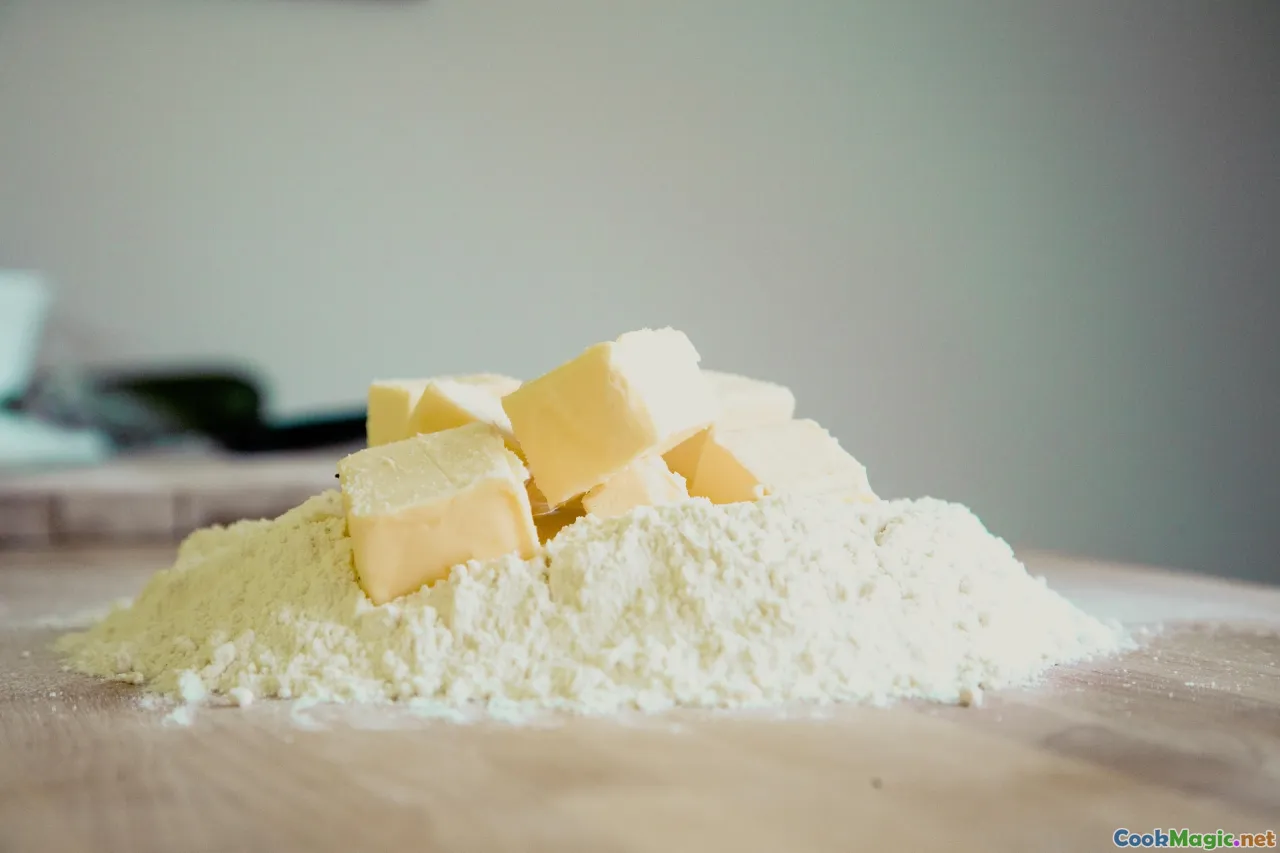
Why Danish Butter Is a Pastry Baker’s Secret Ingredient
Imagine the aroma of golden, flaky layers shimmering with melt-in-your-mouth butter, a scent that instantly transports you to cobblestone streets in Copenhagen, where centuries-old bakeries craft culinary masterpieces. This evocative sensation is not merely a result of good technique but often hinges on one humble yet indispensable ingredient: Danish butter.
For passionate pastry chefs and baking enthusiasts alike, understanding what makes Danish butter so vital can transform a simple dough into a pastry with layers that whisper of history, craftsmanship, and refined tradition. Here, we peel back the layers—literally and figuratively—to reveal why Danish butter is considered a secret weapon in the art of pastry making, especially within Danish cuisine.
The Rich Heritage of Danish Butter: An Aesthetic and Cultural Perspective

Danish butter’s reputation is rooted in Scandinavia’s lush pastures, where cows graze on grass that imparts a unique richness to their milk. Historically, Denmark’s reputation for high-quality dairy products stretches back to the Middle Ages, when monasteries and early farmers cultivated meticulous techniques for churning and aging dairy. Over centuries, this craftsmanship evolved into a national pride, and Danish butter became a symbol of quality—rich, creamy, and golden.
The country’s dairy artisans emphasize traditional methods—cold pasteurization, churning with minimal agitation—which preserve the delicate fat-protein balance necessary for a butter that’s both spreadable and resilient in baking. Danish butter’s reputation is intertwined with the country's cultural identity, reflected also in treasured bakeries in Copenhagen like Amager Bakke and La Glace, where the scent of butter and baked layers is an everyday celebration of heritage.
Why Danish Butter Stands Out in Baking: The Science and Art
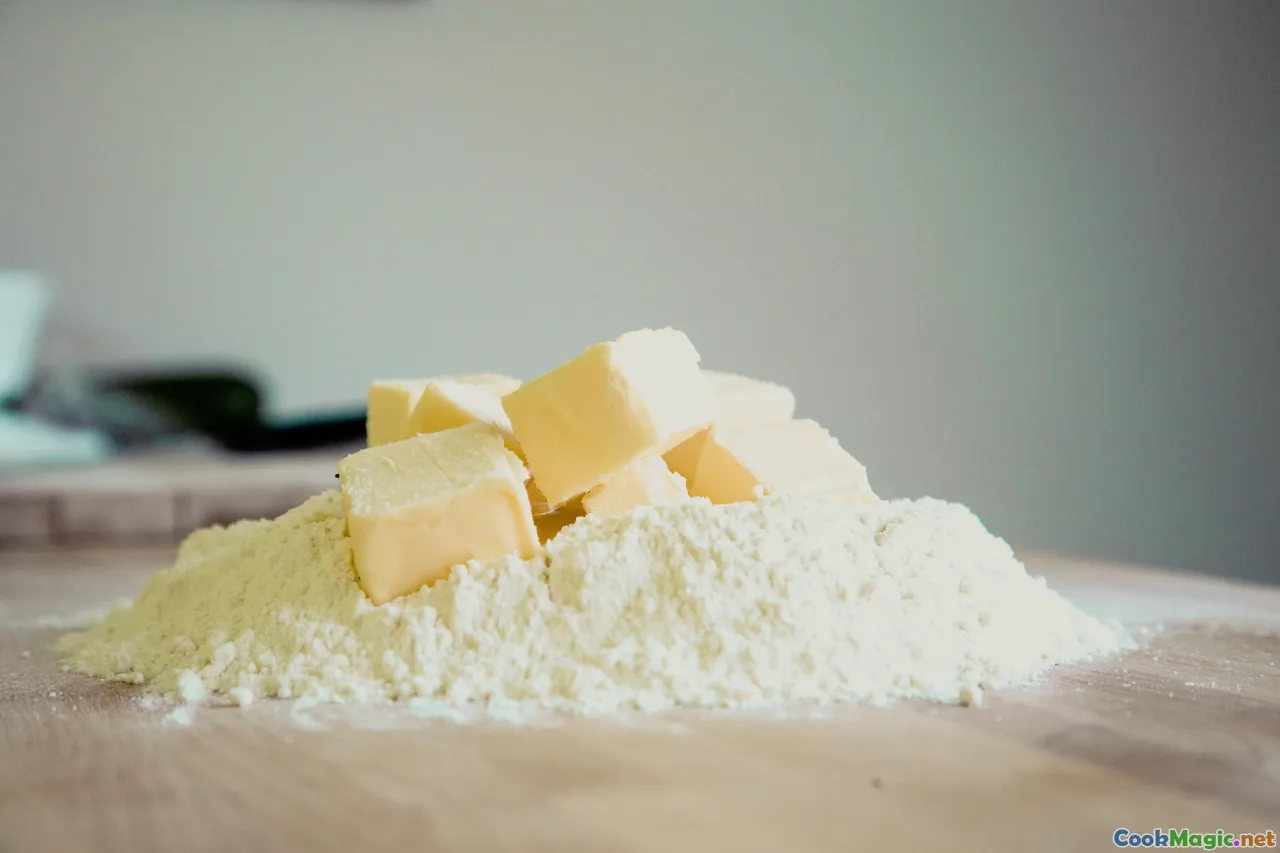
The secret lies in the butter’s exceptional composition. Danish butter typically boasts a higher fat content—around 82%—compared to standard butters found elsewhere. This richness ensures that when incorporated into pastries, the butter melts slowly, creating a tender, flaky texture through a process known as lamination.
In technical terms, the high fat content and the fine dairy particles contribute to a butter that melts seamlessly, diminishing the need for excessive handling that can toughen the dough. When layered between folds of dough—think wienerbrød or Danish kivkeg—the butter’s temperature and consistency facilitate the formation of thin, crisp layers that burst with flavor upon biting.
Furthermore, Danish butters often undergo gentle churning and minimal oxidation, which helps maintain a pristine, slightly nutty aroma—an essential ingredient that infuses pastries with depth.
The Role of Danish Butter in Classic Danish Pastries
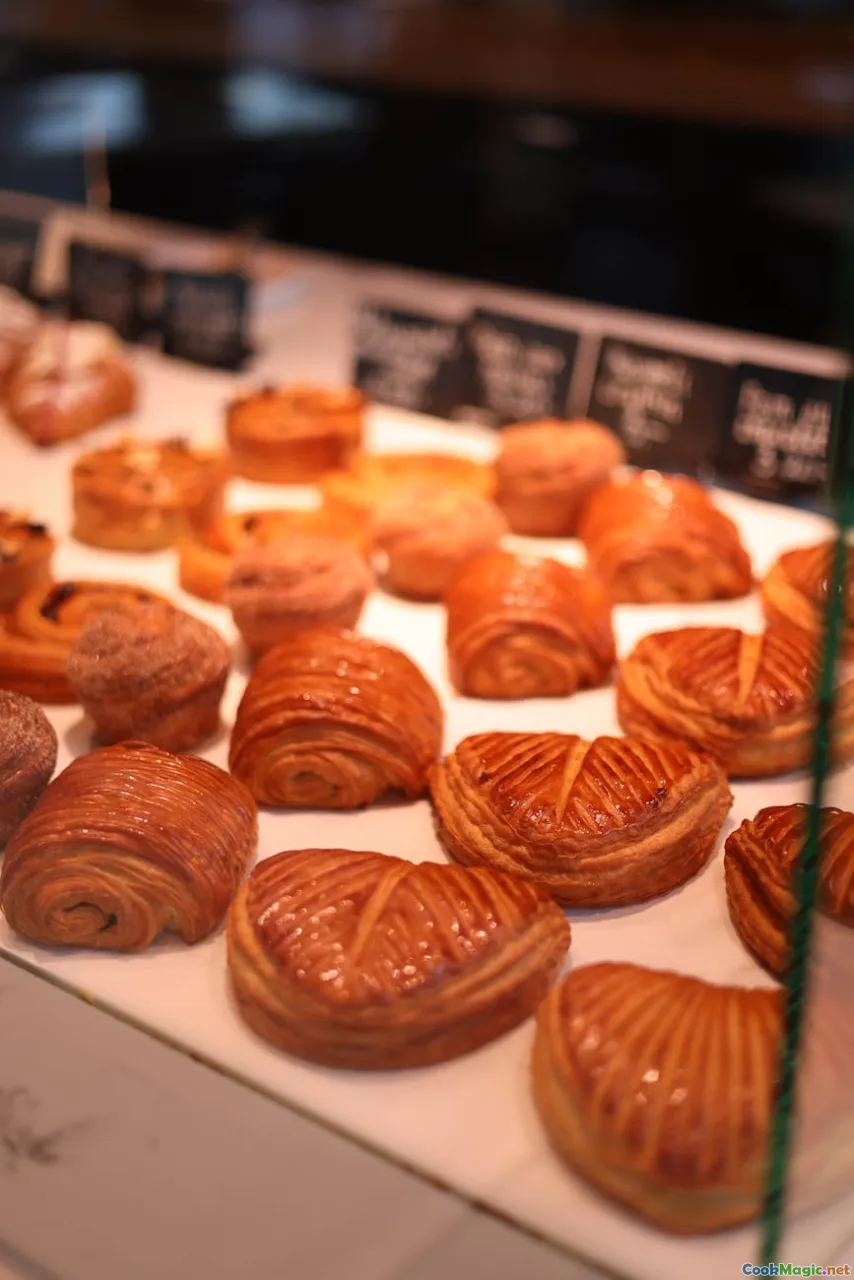
Danish pastries—wienerbrød—are more than just flaky breakfast treats; they’re slices of Danish history. Crafted through meticulous lamination, these pastries rely heavily on the quality of butter used. French croissants are a close relative, but Danish butter offers a distinct profile—richer, creamier, and with a tender bite.
Take a traditional Danish kardemommes kerakage—a cardamom-spiced pastry with a buttery, crisp exterior. The success of its flaky layers is a testament to the butter’s resilience during baking. When sliced open, the layers glisten, revealing an airy interior infused with the aromatics of cardamom, all thanks to the butter’s melting quality.
In the historically cozy pølser queues or the bustling markets of Aarhus, bakeries elevate their craft by trusting Danish butter to yield consistently perfect pastries—crispy on the outside, tender and flavorful inside.
Personal Insights and Behind-the-Scenes in a Danish Bakery
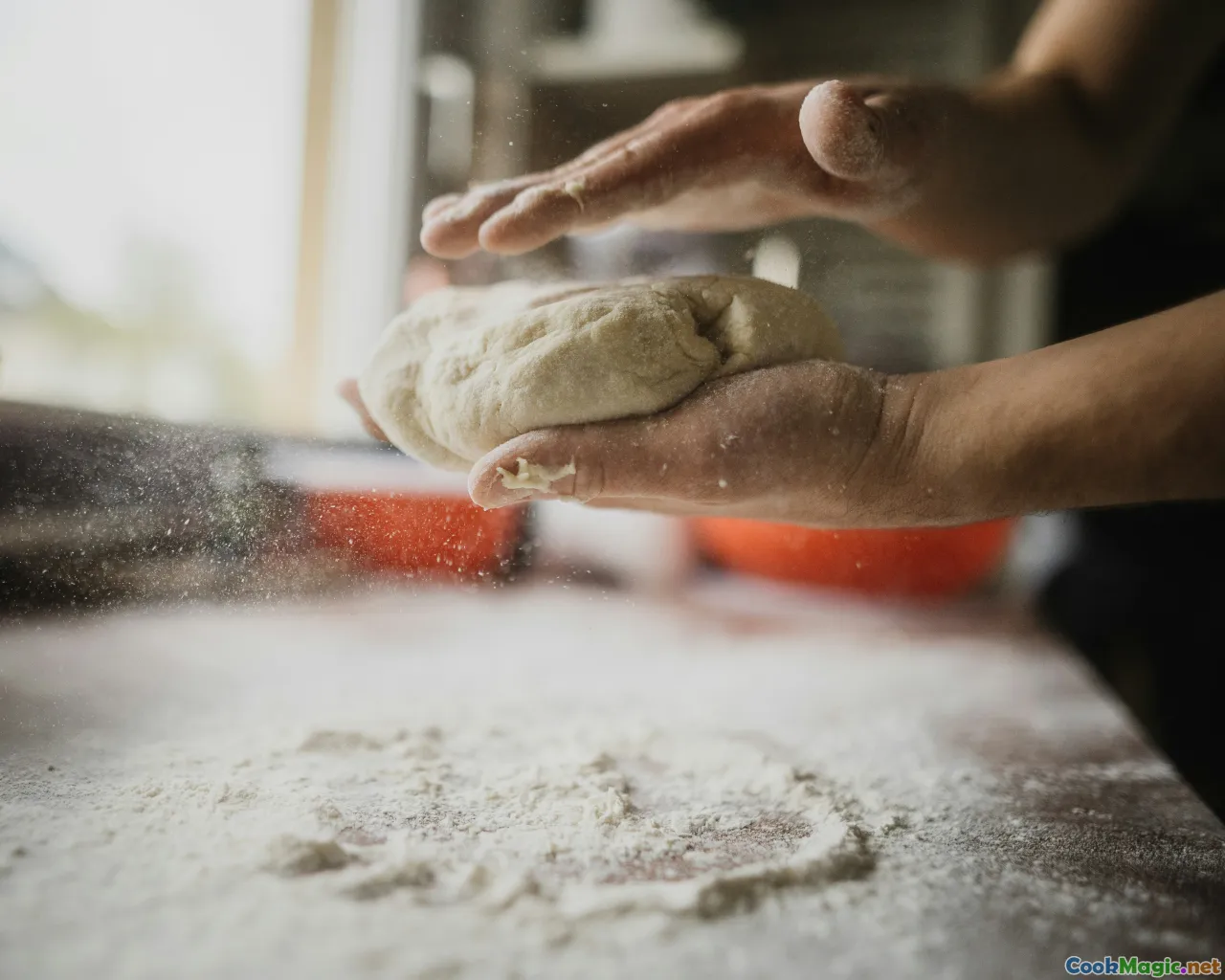
As someone fortunate to spend time in some of Copenhagen’s renowned bakeries, I’ve observed that the choice of butter is a defining moment in the bread and pastry prep process. On a chilly December morning at Andersen Bakery, the baker’s workstation was dotted with slabs of bright yellow Danish butter, fresh from a chilled storeroom.
The process of lamination begins with carefully rolling the dough into thin sheets, then folding and turning in multiple layers—each step performed with precision and patience. The chosen Danish butter is kept at the optimal temperature, just firm enough to spread evenly but soft enough to bend without cracking.
When the pastries emerge from the oven, their flaky, shimmering layers are a testament to this secret ingredient. The butter’s high fat content and fine milk solids facilitate a tender bite that eventual melts into a rich, satisfying flavor—an experience that simply cannot be replicated by conventional butter.
How to Choose and Use Danish Butter in Your Baking
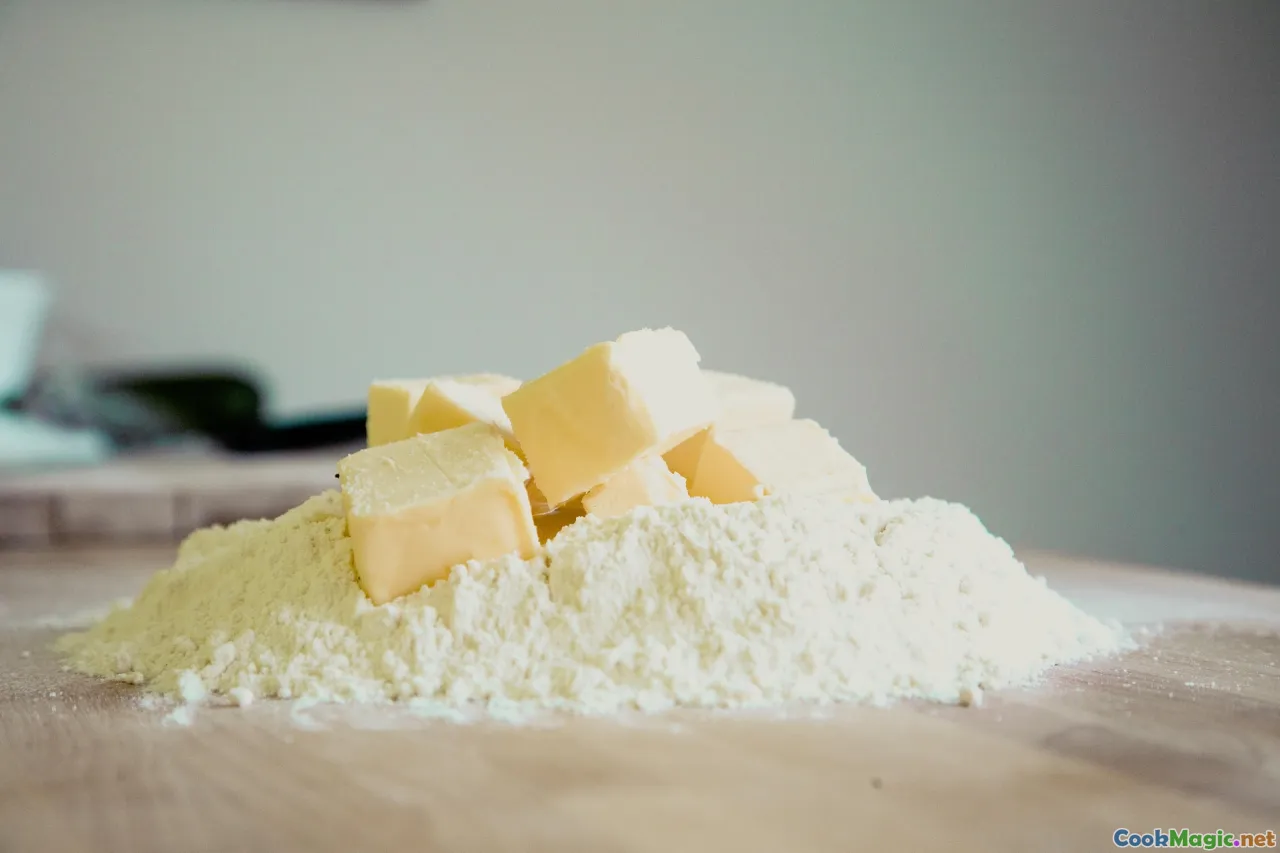
For home bakers eager to harness this magic, the key is sourcing authentic Danish butter—look for brands likeLurpak or Konditor which adhere to traditional high-fat, cream-rich standards.Tips for baking with Danish butter:-Keep it cold: Maintain the butter at around 4°C (39°F) to allow it to layer evenly during lamination.
- Don’t rush the folding process: Multiple folds create delicate layers. Be patient—it influences the pastry’s flakiness.
- Use precision temperature during baking: An oven temperature of 200–220°C (390–430°F) helps melt the butter swiftly, sealing in moisture and creating crisp layers.
- Incorporate with care: When mixing into dough, gently incorporate to preserve the butter’s integrity.
The Emotional Connection: More Than Just Ingredients

Baking with Danish butter is more than a technical choice; it’s a bridge to tradition, family memories, and wider cultural stories. Across generations, Danish grandmothers have handed down secrets for perfect spandauer or aebleskiver; they all hinge on choosing the right butter.
In a Danish home, a morning baking session with butter-infused pastries is a heartfelt ritual—an act of love, patience, and pride. The scent of melting butter wafts through the kitchen, signifying more than merely culinary delight—it’s a taste of Danish heritage, woven into every flaky layer.
Elevating Your Pastries — The Final Touch
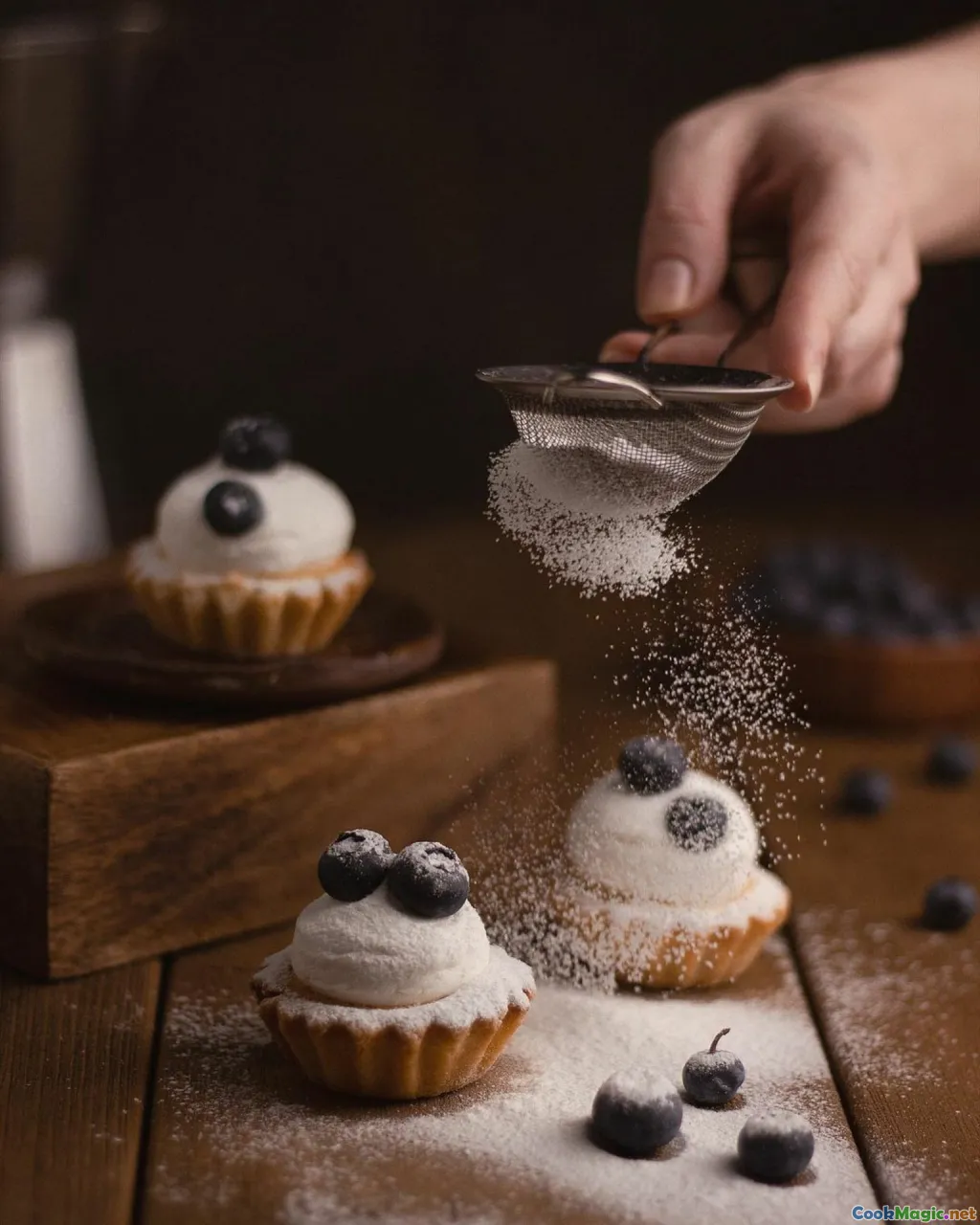
When you incorporate proper Danish butter into your baking repertoire, you unlock a new dimension of flavor and texture. From the first crisp bite to the lingering buttery aroma, your pastries will tell a story of craftsmanship and cultural reverence.
Consider finishing your pastries with a light dusting of powdered sugar, a drizzle of icing, or a smear of fruit preserves—each embellishment serving to highlight the subtle richness of Danish butter. Make sure to honor your ingredients, as they are the rooted secrets to timeless, bakery-quality creations.
In the end, Danish butter isn’t just an ingredient—it's a testament to a rich af Scandinavian tradition that elevates simple ingredients into edible art. Whether you’re crafting a rustic kringle at home or inspiring the next generation of pastry chefs, remember: the secret is in the butter.
Let each flaky layer remind you that great pastries are more than food—they are a celebration of history, mastery, and the simple magic of butter.









